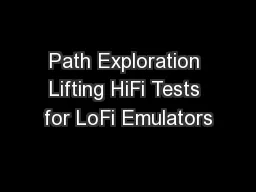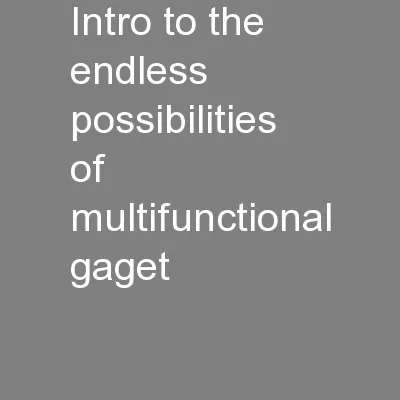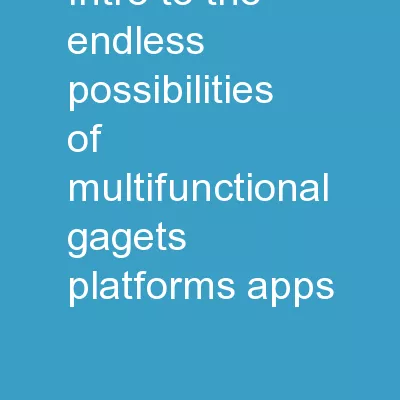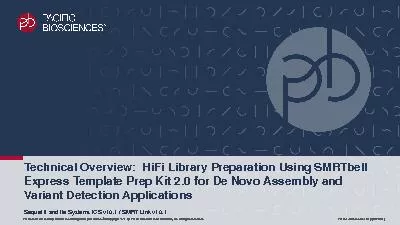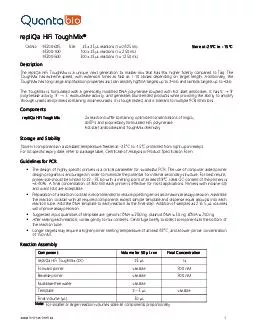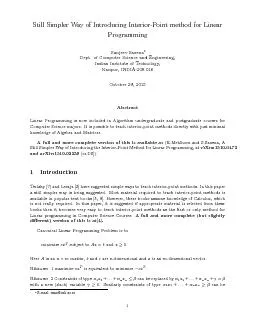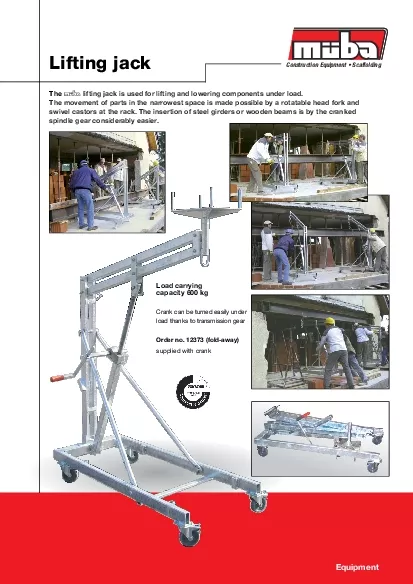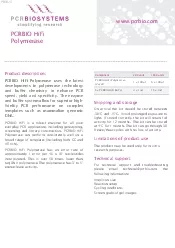PDF-Path Exploration Lifting HiFi Tests for LoFi Emulators
Author : tatiana-dople | Published Date : 2017-08-18
com Stephen McCamant UC Berkeley smcccsberkeleyedu Pongsin Poosankam CMU UC Berkeley ppoosankcmuedu Dawn Song UC Berkeley Berkeley CA USA dawnsongcsberkeleyedu Petros
Presentation Embed Code
Download Presentation
Download Presentation The PPT/PDF document "Path Exploration Lifting HiFi Tests for ..." is the property of its rightful owner. Permission is granted to download and print the materials on this website for personal, non-commercial use only, and to display it on your personal computer provided you do not modify the materials and that you retain all copyright notices contained in the materials. By downloading content from our website, you accept the terms of this agreement.
Path Exploration Lifting HiFi Tests for LoFi Emulators: Transcript
Download Rules Of Document
"Path Exploration Lifting HiFi Tests for LoFi Emulators"The content belongs to its owner. You may download and print it for personal use, without modification, and keep all copyright notices. By downloading, you agree to these terms.
Related Documents

